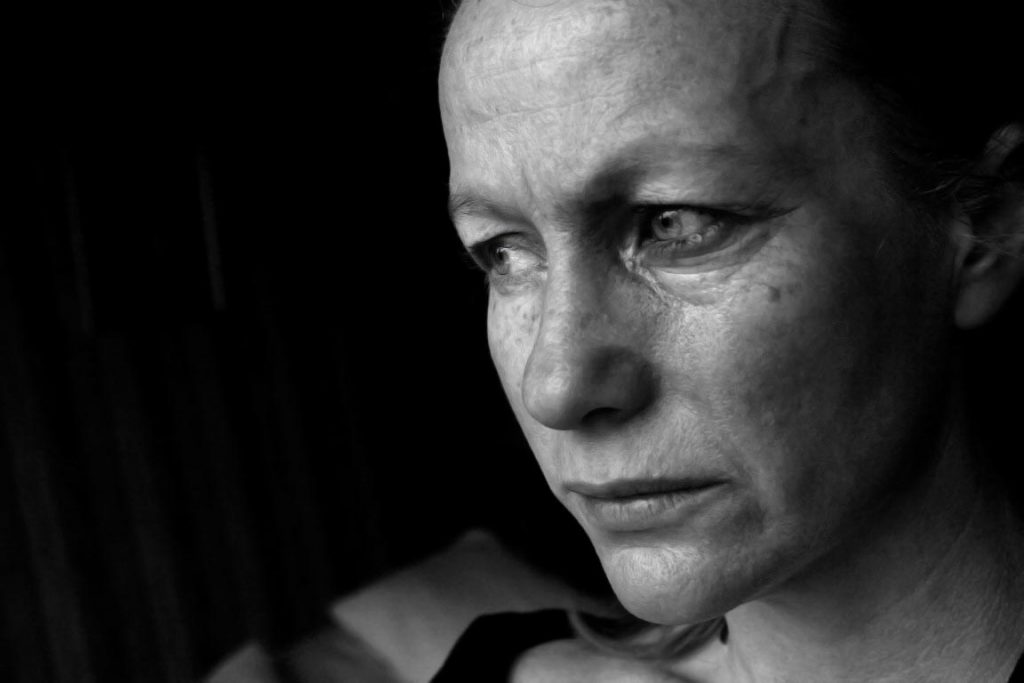Sadness is often misinterpreted as Depression but they are not the same. While sadness is a normal human feeling we all experience at some point in our lives, Depression is an abnormal emotional state. Sadness gets triggered by emotions that evoke hurt, challenges and difficulties. These situations usually subside and so does the feeling of sadness. However, according to Psychiatrist, Dr. Geoffrey Walcott, Depression is a mental condition categorised as a mood disorder. It describes someone who has lost their ability to regulate their emotion of sadness.
This, in turn, manifests in disturbances in mood, thought and behaviour. A person is considered depressed if their symptoms last for two weeks or longer; it never really subsides. As a mood disorder, depression negatively impacts the way in which a person feels, thinks and executes everyday tasks and activities such as sleeping, working and exercising.
The signs of depression are few and far in-between. When asked about the key signs of depression, Dr. Walcott listed the following:
– Persistent feelings of sadness for greater than two weeks
– Loss of interest or pleasure derived from life activities
– Disturbances in sleep pattern and appetite with or without weight changes
– Impaired concentration and memory
– Thoughts of hopelessness and guilt
– Lethargy and psychomotor retardation or agitation
– Suicidal ideations or actions
So who may experience Depression?
Dr. Walcott states that the mood disorder mostly occurs in adults 25-44 years of age, adding that women who are pre-menopausal have twice the rate of Depression as men. Commenting on the triggers, Dr. Walcott stated, “Contrary to popular belief, most persons who suffer from a depressive disorder do not have an identifiable trigger but rather become depressed and lose their ability to deal with everyday stressors of life.” Based on this, we should never use situations or seemingly potential factors as triggers of Depression.
Types of Depressive Disorders
Depressive Disorders are plenty in number. However, the most common, according to Dr. Walcott are:
– Major Depressive Disorder (Unipolar and Bipolar)
– Dysthymic Disorder
– Adjustment Disorder with Depressive mood.
He clarified that depressive symptoms may be present in other mental disorders as well such as Schizophrenia.
To continue reading, purchase Vol.9 #1, 2017 Issue.

